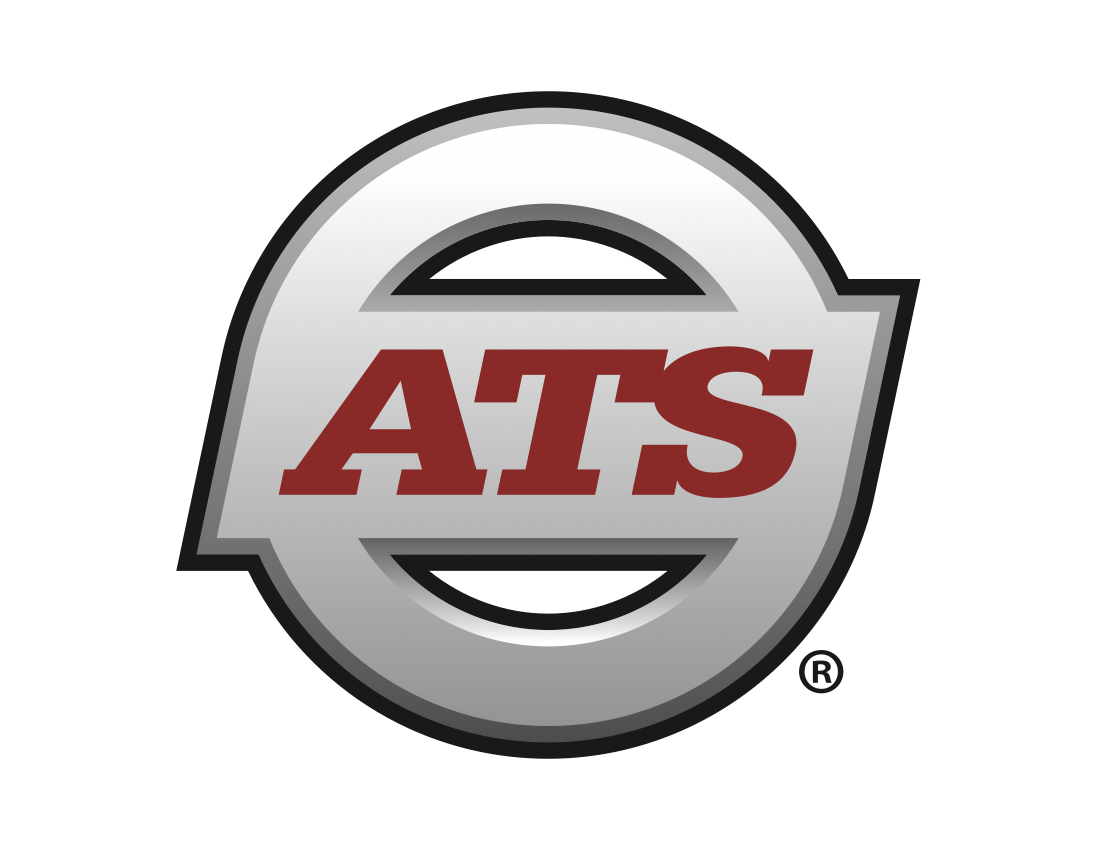Do you regularly haul loads in and out of Canada?
If so, you may have a problem in the coming weeks: All signs point to a strike of 9,000 Canada Border Services Agency (CBSA) workers against its overseers, the Treasury Board of Canada. The CBSA union is seeking a new labor agreement with the government. Among their requests are pay increases and additional workers.
A strike means wait times at the border could potentially double or triple — leading to hours spent waiting to cross into Canada.
Here at Anderson Trucking Service (ATS), our drivers regularly travel north into Canada. We’re in the business of keeping drivers informed so they can be as successful as possible and avoid setbacks on the road.
In this article, we’ll cover:
Should the CBSA decide to strike, this article will help you prepare for long wait times and supply chain disruptions.
Canada Border Services Strike: How We Got Here
This strike may sound familiar to you. If it does, it’s because a similar strike occurred in 2021. The strike lasted a whopping six days but resulted in an agreement, not a signed contract.
For more than two years, CBSA workers have been without a contract. That’s why, almost three years later, we’re seeing this same issue pop up: Border patrol agents want that contract and they want it signed.
Among the demands they’re making are higher pay and additional staffing — legitimate claims that are hard to refute.
What Will Happen if CBSA Workers Strike?
Negotiations began on Monday (June 3), but as of now, no agreement has been reached. The Treasury of Canada says they’re willing to work with CBSA workers, but they want to see movement on both sides.
A strike was likely to begin on Friday afternoon, June 7, but it was instead put on hold to allow more time for mediation.
Here’s the thing, though: About 90 percent of border patrol workers are considered essential workers, so they still have to show up to work. Some may be picketing at the border, but the majority will still be working.
So what can they do? Work-to-rule.
Work-to-rule is the act of following job duties to the exact letter as defined by the job contract or job description. In doing so, output and efficiency are reduced. It’s a form of industrial action. So while border patrol agents legally can’t slow down their work, they can create delays by applying all the rules within their discretion.
That means they’ll be asking every question possible to each vehicle that’s trying to cross the border, they’ll be checking luggage with or without a search warrant, and they’ll be impounding vehicles.
As a result, you can expect to spend two to three times as long waiting to cross the border. It may normally take an hour or two, but now it may take four to six hours — maybe even longer. In comparison, the 2021 strike only resulted in four-hour delays.
It’s important to note that these delays will only affect northbound, not southbound, shipments.

How Long Will the Canada Border Strike Last?
If a strike happens, there's no telling how long the border strike could last.
90 percent of the goods in Canada come in on trucks — around 2.6 billion dollars per day — so this will have a large impact not just on truck drivers, but on Canadian businesses and residents waiting on essential goods. This could upend continental supply chains.
The longer the strike goes on, the more frustrated the public will get. More than likely, they’ll begin putting the heat on government officials to make a move quickly. If that happens, ideally the strike won’t last long.
However, there’s really no way to determine how long it'll go on. Both sides will need to come to an agreement and CBSA workers will want a contract this time around.
Navigating the Canadian Border Patrol Strike (4 Steps)
While unfortunate, a strike is imminent and it’ll affect your livelihood as a driver. Thankfully, we can lean on the 2021 strike to get a picture of how drivers were affected.
There’s not a lot that can be done, unfortunately; we can’t stop bringing goods into Canada. We have to hope both parties come to an agreement quickly and the strike ends.
To ease the frustration during the strike (should it happen), follow these steps:
1) Have All Your Docs in a Row
Now is definitely not the time to be missing important paperwork. Before you head to the border crossing, make sure your load has already cleared customs. If it hasn’t, not only will you be sent to the back of the line (to wait for several more hours), but you could also be fined as much as $50,000.
Be sure you turn in your paperwork well in advance (or your carrier does) so your shipment has plenty of time to clear customs before you get to the border. This will expedite processing at the border. Documentation includes invoices, packing lists, permits, and certificates.
For example, if you’re hauling certain products like food or medication, you’ll need extra certificates.
As always, you’ll need a hard copy of your CDL, proof of insurance, and a passport.
2) Plan to Wait
It’s unavoidable. You’ll be waiting at the border a lot longer than you’re used to. Extended wait times may incur additional costs for you, so ask your company if you’ll be compensated for this. Alternatively, customers may tack on financial penalties if deliveries are late. You’ll need to consider both of these realities.
Don’t expect to run a lot of miles the day you cross the border. Most of your available hours that day will be used waiting to cross the border. Even though you’re waiting and not moving, you’ll still be clocking on-duty hours. This wait time can eat up your clock. To avoid Hours of Service (HOS) violations, keep a close eye on your clock.
Plan at least half a day waiting at the border crossing. Consider parking at a truck stop or rest area near the border and crossing first thing. Because it’s uncertain how long it’ll take to cross, plan a few potential stopping points just after the border crossing to take your 10-hour reset if needed.
The last thing you want on top of these delays is an HOS violation.
3) Consider Alternate Border Crossings
As the strike goes on, your company will be able to identify alternative border crossings that may undergo less congestion and delay. This may include smaller or less frequently used entry points.
As a result, your carrier may recommend going to a different border crossing to save on wait time.
4) Communicate
Maintain open lines of communication with your driver manager (and customers, if applicable). Everyone is going to need to be a little more flexible with their schedules as we navigate what is predicted to be major supply chain delays.
Keep your driver manager updated on your progress and reach out to them if you have any concerns. They’re your advocate out on the road, so be sure you utilize them as a resource.
Cross Into Canada With Ease
A CBSA strike will undoubtedly present significant challenges for you and affect your livelihood as a driver. Long wait times and thorough inspections at the border mean that patience and preparation are your best allies. While the uncertainty of how long this strike will last remains, it's crucial to stay informed and proactive.
We're committed to supporting our drivers through these tough times. By ensuring all your paperwork is in order, planning for extended wait times, considering alternate crossings, and maintaining open communication with your driver manager, you can lessen some of the disruptions this strike may cause.
Remember, you’re not alone in this. We're here to help you navigate these challenges and keep your routes as smooth as possible. Stay safe, stay informed, and let’s get through this together.
If you have any further questions or need additional support, please don’t hesitate to call your driver manager.
In the meantime, check out these general tips for crossing into Canada.


